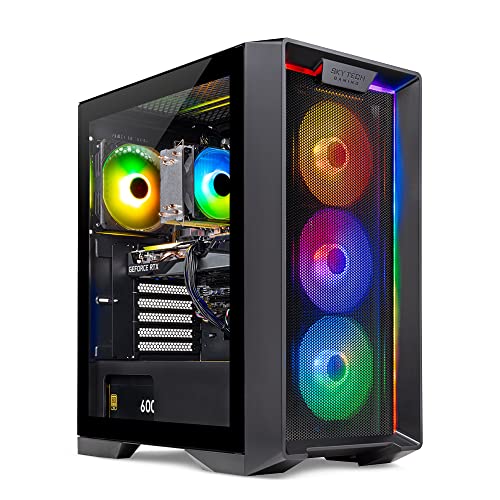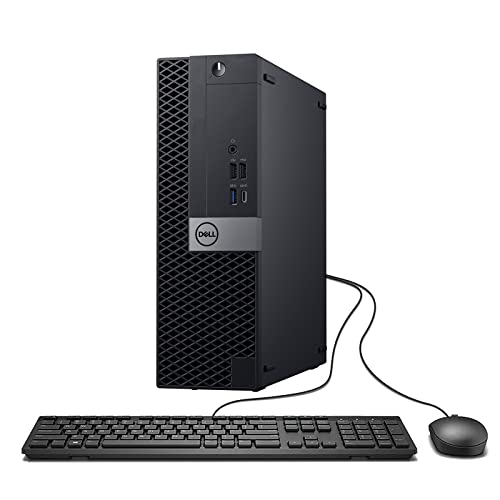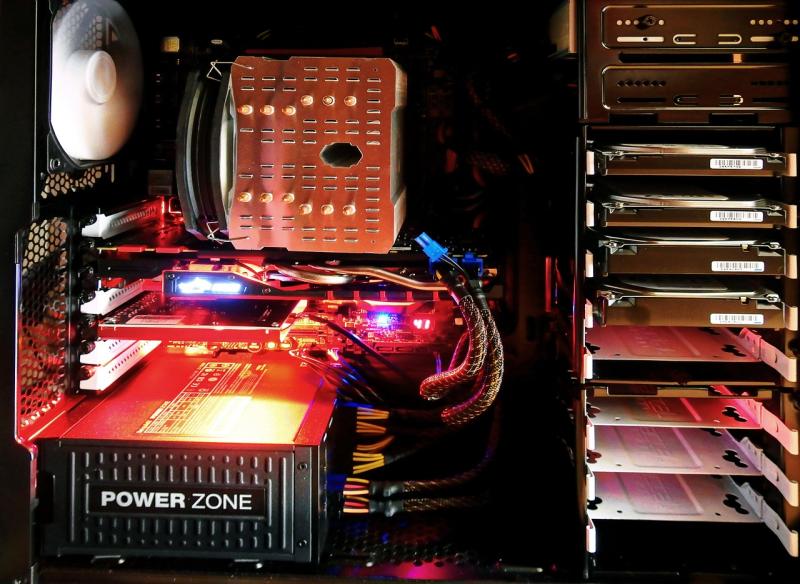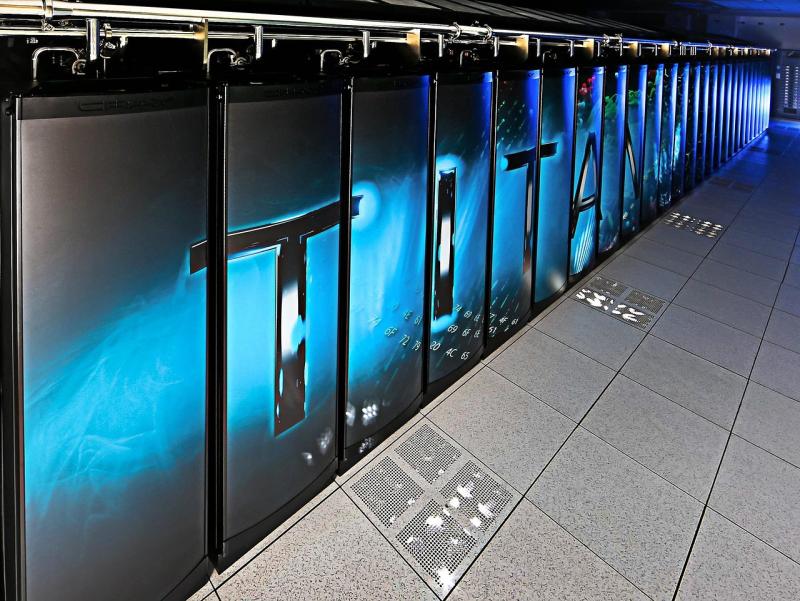Benchmarking data provides critical insights into system performance, revealing bottlenecks and guiding strategic upgrades. For high‑performance PC enthusiasts, understanding and leveraging benchmark results can help identify which components to upgrade to achieve the best performance improvements.
Utilize software tools to benchmark your CPU, GPU, memory, and storage. Evaluate performance metrics such as frame rates, data throughput, and load times. Identify components that consistently underperform relative to industry standards and note any recurring issues such as thermal or latency bottlenecks.
Based on your benchmark results, prioritize upgrades in areas with the largest performance deficits. For example, an underperforming GPU may be replaced to improve gaming performance, or an SSD might slow down a system in multitasking scenarios. Create a roadmap for incremental upgrades and monitor the effects of each change.
Benchmarking data is invaluable in guiding strategic decisions for upgrading your high‑performance PC. By analyzing performance metrics and identifying bottlenecks, you can make targeted improvements that result in significant, measurable enhancements to your system.
Data-Driven Upgrades: Using Benchmarking Data to Guide Your High-Performance PC
Benchmarking data transforms guesswork into precision when it comes to upgrading a powerful PC. Instead of swapping parts on a hunch, you can measure exactly where your machine falls short—whether that’s slow storage, CPU throttling, or GPU frame-rate dips—and then target the components that will deliver the greatest performance gains.
Introduction
Whether you’re a gamer chasing ultra-smooth frame rates or a content creator needing snappy render times, system performance hinges on a balanced blend of CPU, GPU, memory, and storage. But how do you know which part is the weakest link?
Benchmarking data answers that question by providing objective performance metrics. Armed with clear numbers on frame rates, data throughput, load latency, and thermal headroom, you can build a strategic upgrade roadmap that maximizes your investment.
Why Benchmarking Matters
Benchmarking data allows you to:
- Compare your PC’s real-world performance against industry standards and peer systems
- Identify hidden bottlenecks—like a memory channel saturating at peak load or a storage drive lagging under sequential writes
- Quantify improvements after each upgrade step to ensure you’re getting tangible gains
- Prevent unnecessary spending by targeting the one component that will deliver the biggest boost
A methodical approach based on data-driven upgrades turns the upgrade process into a series of small, measurable victories rather than an expensive guessing game.
Analyzing Benchmark Data
Choosing the Right Benchmarking Tools
- CPU Benchmarks: Cinebench, Geekbench, Prime95
- GPU Benchmarks: 3DMark, Unigine Heaven, Superposition
- Memory Tests: AIDA64 Memory Benchmark, MemTest86
- Storage Tests: CrystalDiskMark, AS SSD, ATTO Disk Benchmark
Run each tool under consistent conditions—same ambient temperature, no background tasks—to ensure reliable results.
Key Performance Metrics to Monitor
| Component | Metric | What It Reveals |
|---|---|---|
| CPU | Multi-core score, single-thread score, sustained load temperatures | CPU compute headroom and thermal throttling potential |
| GPU | Average FPS, minimum FPS, frame-time consistency | Graphics rendering smoothness and worst-case dips |
| Memory | Read/Write bandwidth, latency (ns) | How quickly data moves in and out of RAM |
| Storage | Sequential/Rand IOPS, access times (ms) | Drive responsiveness in real-world loading and multitasking |
| Thermal | Core temperatures, VRM temps, GPU hotspot temps | Cooling efficiency and airflow adequacy |
Interpreting Your Results
Once you’ve gathered the data:
- Compare scores to reference values from hardware reviews or online databases.
- Highlight outliers—components performing 10–20% below expected levels.
- Check for thermal or power limits that trigger throttling under sustained load.
- Look at variance: high frame-time spikes or memory latency spikes often cause stutters even if average metrics look good.
Translating Data into Upgrade Decisions
Prioritization Strategy
Use a scoring system to rank upgrade candidates:
- Performance Deficit: Distance between your score and top-tier reference. Larger gaps mean bigger potential gains.
- Cost Efficiency: Expected performance gain per dollar. A 20% FPS boost at $100 is more cost‐effective than a 30% boost for $400.
- System Balance: Avoid creating new bottlenecks—upgrading GPU without adequate CPU power can yield diminishing returns.
Building an Upgrade Roadmap
Create a phased plan that tackles the biggest wins first:
| Phase | Component | Action | Expected Impact |
|---|---|---|---|
| 1 | Storage | Upgrade SATA SSD to NVMe Gen4 | +50% sequential throughput, –30% load times |
| 2 | Memory | Install dual-channel DDR4→DDR5 kit | +25% bandwidth, –10% latency |
| 3 | GPU | Swap GTX 1080 → RTX 4070 | +40% avg. FPS in modern titles |
| 4 | CPU Cooling | Install 240 mm AIO cooler | –10 °C under full load, stable boost clocks |
Validating Improvements
After each upgrade:
- Rerun the same benchmark suite under identical settings.
- Record percentage gains in each metric.
- Adjust the next phase if real-world gains fall short of projections.
Advanced Tips for Data-Driven Upgrades
- Custom Synthetic Benchmarks: Create real-world test scenarios such as multi-tasking video encoding plus gaming to expose hidden weaknesses.
- Thermal Imaging: Use an infrared camera to spot inconsistent airflow zones and improve case ventilation.
- Power Curve Tuning: Underclock or undervolt secondary components to reallocate power budget to your primary bottleneck.
- Firmware & Driver Updates: Sometimes a BIOS update or a GPU driver patch can unlock up to 10% more performance without any hardware change.
- Community Data Sharing: Leverage online forums or benchmarking databases (e.g., HWBOT) to compare performance against similar builds.
Case Study: Maximizing FPS on a 1440p Gaming Rig
A user recording 80 FPS average in AAA titles at 1440p analyzed their data and discovered:
- GPU was running 20% under reference in Fire Strike—likely power/thermal limiting.
- Memory latency was 20 ns higher than expected, indicating poor DIMM placement.
- Boot drive was a 3-year-old SATA SSD showing 350 MB/s sequential reads vs. 3,000 MB/s on NVMe.
Action Plan:
- Reconfigured RAM into proper dual-channel slots—reduced latency by 5 ns → +3 FPS.
- Upgraded power supply to deliver stable GPU rails—eliminated under-voltage throttling → +8 FPS.
- Swapped SATA SSD for a 1 TB NVMe drive—cut game load times by 60%.
Final Result: 100 FPS average at max settings, smoother frame pacing, and sub-30 second load screens.
Best Practices Checklist
- Automate data collection with scripts to ensure consistency
- Benchmark in “quiet” mode—no background downloads or updates
- Document hardware, software, and ambient conditions
- Use percentile charts (1%, 0.1%) to measure worst-case performance
- Revisit your benchmark suite every 6–12 months to capture shifting workloads
Conclusion
Benchmarking data is more than just numbers on a screen—it’s the roadmap to pinpoint system performance bottlenecks and justify each upgrade with tangible evidence. By systematically measuring CPU, GPU, memory, storage, and thermal metrics, you can craft a phased upgrade plan that delivers maximum return on investment. Whether you’re aiming for silky-smooth gaming at high refresh rates or blazing compressor speeds for 4K video, a data-driven approach ensures every dollar you spend makes a measurable impact.
Embrace benchmarking as an ongoing practice: analyze, upgrade, validate, and repeat. Your high-performance PC will reward you with greater stability, longevity, and headroom for future demands—all guided by the power of performance metrics and strategic upgrades.







